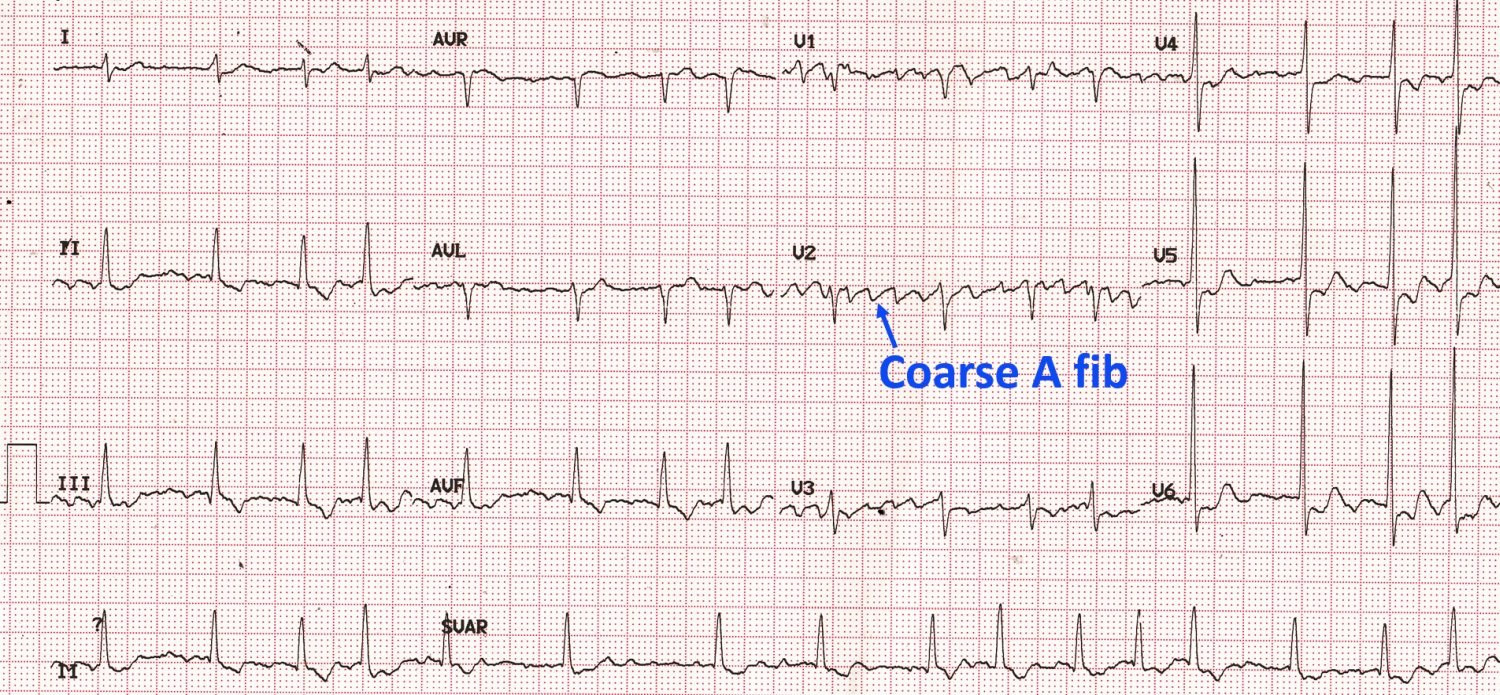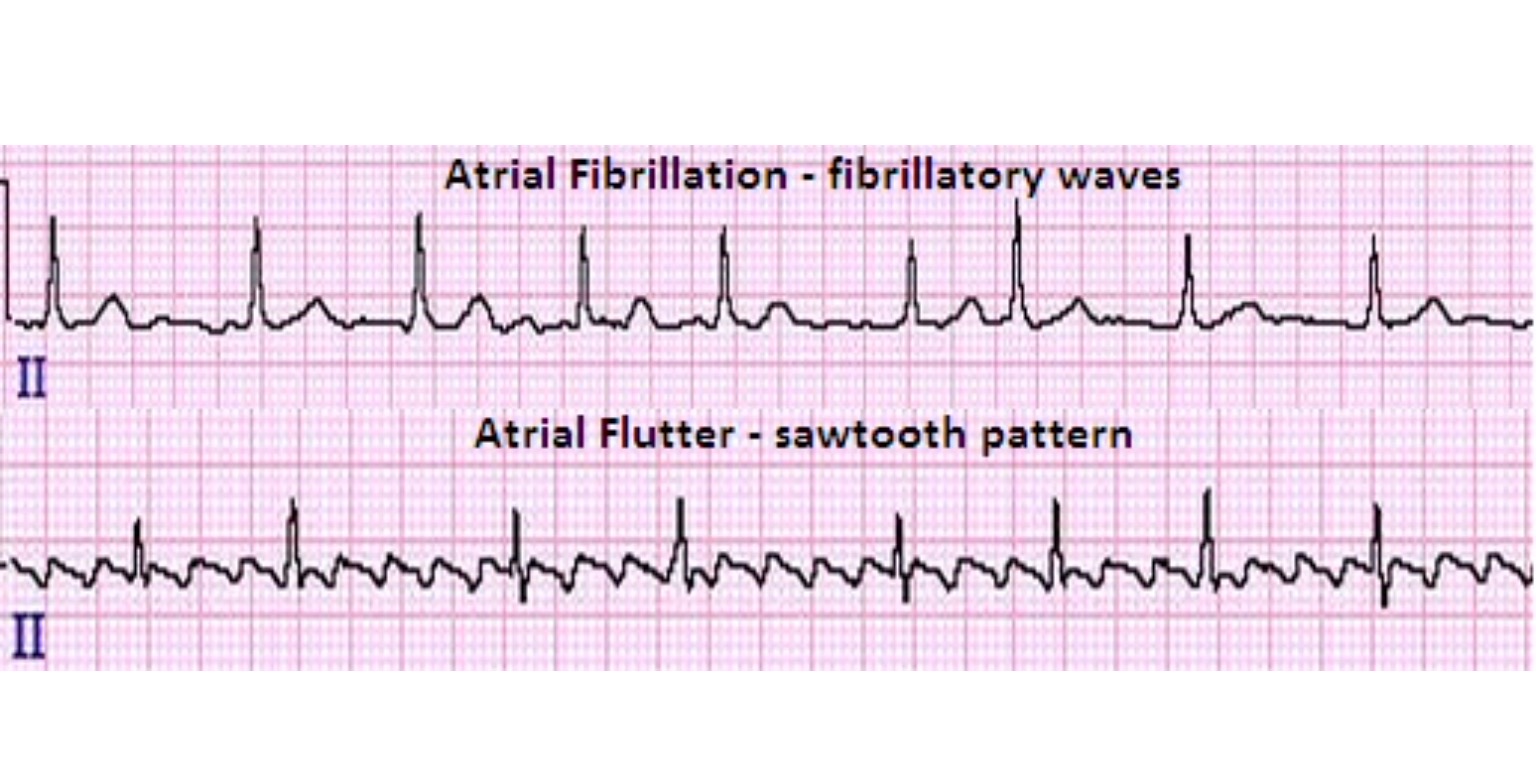

This is a heart ultrasound to look for heart failure or heart valve problems. Your doctor may also run the following tests if you have AFib to see if you have an underlying medical condition that’s causing symptoms: Some smartwatches may also be able to monitor your heart rhythm. It’s an EKG device that monitors your heart activity. Your doctor may want you to wear a Holter monitor for a couple of days. This is a test that measures your heart’s electrical activity. How Are AFib and SVT Diagnosed?īoth conditions are usually diagnosed via an electrocardiogram ( EKG). Serious SVT can cause you to pass out or go into cardiac arrest. Many people have a fast heartbeat that’s more than 100 beats per minute, even when they are at rest. If you have SVT, you are more likely to notice that your heart is racing. More severe symptoms include trouble breathing, especially during exercise, fainting, chest pain, and severe fatigue.

A fib vs a flutter full#
The good news is there are effective treatments for both so that you can live a full and productive life. Supraventricular tachycardia (SVT) is a fast heart rate that begins in your atria due to abnormal electrical connections in your heart. Atrial fibrillation (AFib) is a heart rhythm problem where your heart’s upper chambers (the atria) beat irregularly. After all, both have to do with your heart rate and both originate in the upper chambers of your heart.

It’s easy to confuse atrial fibrillation (AFib) with what’s called supraventricular tachycardia (SVT).


 0 kommentar(er)
0 kommentar(er)
